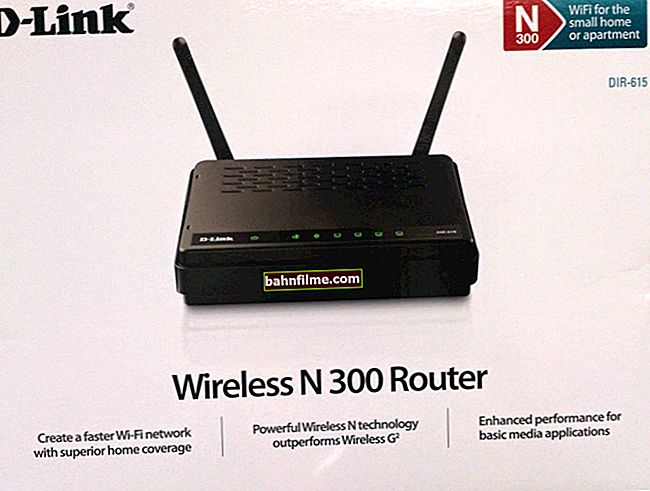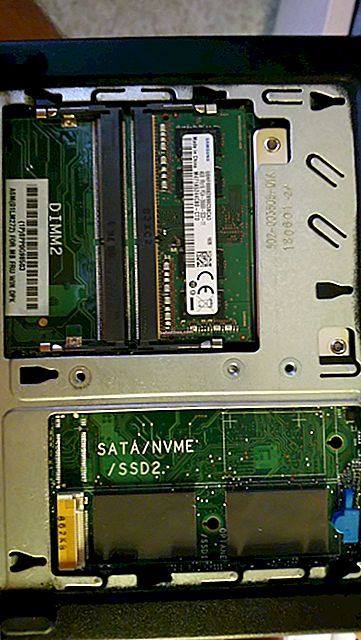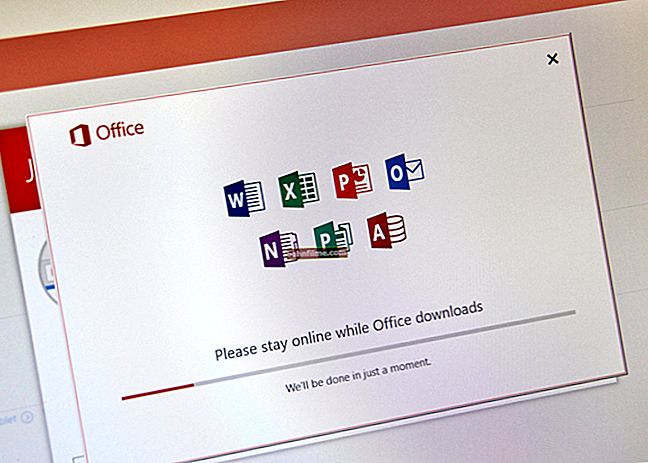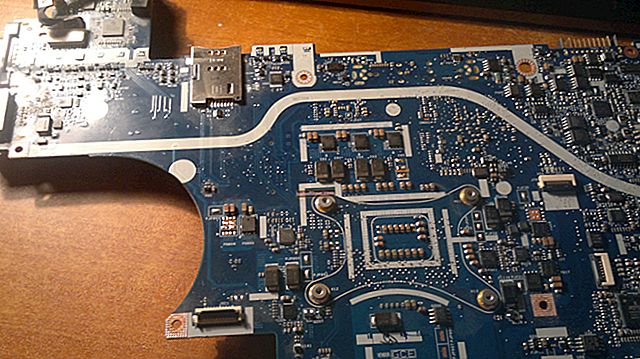
User question
Good day.
Help define memory. I have an Acer Aspire laptop, it has two slots for RAM brackets. Now there is one 4 GB bar, I want to buy one more bar and insert it into the second slot.
But I can't decide which RAM is right for my laptop. Could you tell me how to choose the right memory, what to look for ...
Hello!
In fact, there is never a lot of memory, especially since now 4 GB (8 GB?) - is already considered the basic minimum for a regular home laptop.
In general, in order to buy a memory bar for your laptop, you need to pay attention to several things: free slots (are there any?), The type of memory supported by the processor (motherboard), with a single-channel and dual-channel operation mode (if, of course, you have a desire speed up your device somewhat).
And so, I'll tell you about everything in order ...
👉 Supplement!
By the way, if you want to know what kind of RAM you have on your computer (laptop), I recommend that you read the following article: //ocomp.info/kakaya-operativka-stoit-na-pc.html
*
What to do if you decide to increase your memory
STEP 1: check how many memory slots the laptop has
Note: most often there are 1 ÷ 2 of them (in rare laptop models there are more of them).
To increase the RAM in a laptop, the first thing to start with is determining the number of slots in the laptop for installing RAM dies. And then some immediately begin to determine the type of memory, volume, timings, etc. Later, it turns out that there is simply nowhere to insert the purchased bar! 👌
In an ordinary laptop, the most typical configuration, there are 1 or 2. It is clear that if you have 2 slots, then this is a more successful and convenient option.
To determine number of slots, you can go in the following ways:
- see the website of the official manufacturer of your laptop if you know the exact model of your device (by the way, I wrote in this article about how to determine it). True, the method is not reliable, often this information is either not found on the site at all, or even one modification may have different supplies and can easily be pricked ...
- use the specials. utilities to determine the characteristics of the computer. For example, I like the utility Speccy - it is enough to open a tab in it "Random access memory" (RAM) , and you will find out how many slots (sockets) you have for memory strips. For example, in my case there are 2 of them (screen below).

Memory slots (sometimes called nests )
Important! I want to warn you right away: sometimes the utility shows that there are 2 slots, but in fact there are 1. The fact is that there is space for a slot (and it is included in the software), but the slot itself may not be in your device.
- And the last thing. The most reliable way to determine the number of slots is to open the lid and see visually how many slots there are. In general, there can be a difficulty here: some laptops do not have a protective cover from RAM and hard drive, and to get to them, you need to disassemble the laptop completely (which is not very convenient).
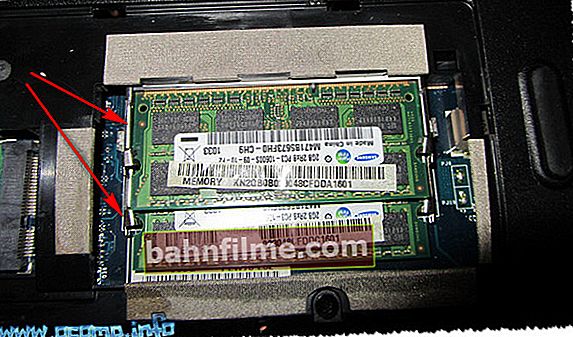
The laptop has 2 slots for RAM // Acer Aspire
The photo below shows a typical laptop. Before disassembling the laptop, by the way, be sure to disconnect it from the mains and remove the battery (arrow-1 in the photo below)!
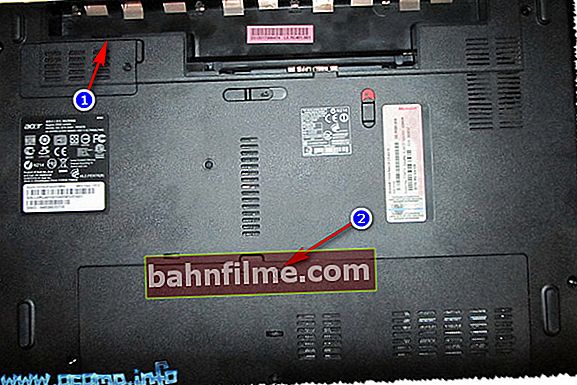
Typical laptop. A protective cover, behind it a hard drive and memory strips.
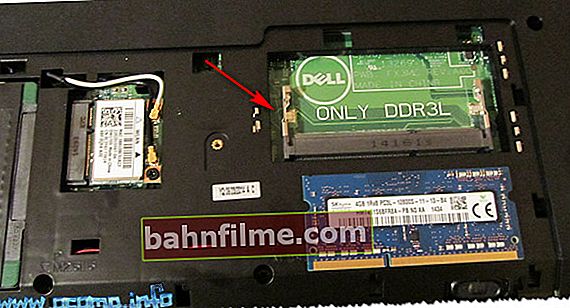
One slot - Dell laptop (Only DDR3L)
We will assume that we have decided on the number of occupied / free slots. Now we will be determined with the memory that our device supports.
*
STEP 2: type of memory supported by the processor (motherboard)
👉 Method number 1
If you know the model of your laptop, you can use the manufacturer's official website (or official dealers). They always show the detailed characteristics of your device. See example below.

What memory does the laptop support?
You can also check the documentation that came with your device.It should contain such information ...
👉 Method number 2
There is such an indispensable utility as AIDA (you can learn about it here). With it, you can find out what type of RAM your laptop supports, and what the maximum amount of memory can be installed.
To see this data, launch AIDA and then open the section "Motherboard / Chipset" ... The screenshot below shows the results for a typical laptop:
- supported memory types: DDR3-1066, DDR3-1333, DDR3-1600 (see also the table below in the article);
- Maximum memory capacity: 16 GB.
Of course if you buy a new memory strip (instead of the old one) - choose with the maximum operating frequency - in the current example, DDR3-1600 (the amount of memory - the more, the better!).
If you buy a memory bar to the existing one, then there is no point in overpaying for a faster memory. For example, if you have a 2 GB DDR3-1333 bracket, you will buy a 2 GB DDR3-1600 bracket. They will work for you at a frequency of 1333, i.e. the laptop will be guided by the slowest bar. Therefore, in this case: either change both punks, or ...

Supported memory types, Maximum memory size // Aida utility
By the way, just below I give a table that will help you correctly understand the markings on the RAM strips, as well as estimate the bandwidth. Of course, DDR3-1600 memory is faster than DDR3-1333.

DDR3 Standards Specification
*
👉 DDR3, DDR3L, DDR4
These are the most popular types of laptop memory at the moment ...
Firstly, the difference between any dies DDR3 and DDR4 - visible to the naked eye (it is impossible to plug DDR3 into the DDR4 slot, they have different geometries, see the screenshot below!).

DDR3 and DDR4 (die geometry difference)
Secondly, there is also a difference between DDR3 and DDR3L and they are not always backward compatible (DDR3L with reduced power consumption). It is believed that you can ignore this, because you can easily replace one with another and everything will work (in 95% of cases).
But, it could be that some laptops only support a certain type of memory. And if you insert a DDR3 memory stick into a laptop that only supports DDR3L, your memory won't work!
An example is shown in the photo below - a DELL laptop, with one slot for memory installation, only supports DDR3L (which is written right next to the slot - "Only DDR3L" ).

One slot - Dell laptop (Only DDR3L)
You can also judge about DDR3L and DDR3 by the program Speccy ... Go to it in the RAM (random access memory) section, and open the characteristics of the installed memory - look at the voltage. If the voltage is 1.35 - you have DDR3L installed, if 1.5 - DDR3.

Voltage RAM // Speccy
*
STEP 3: Do you need a dual-channel memory mode
If you have two slots for installing memory, you can achieve higher performance in some applications if you use two-channel operating mode.
From experience I can say that the performance in dual-channel mode rises to about 10-25% in games *. When rendering or tasks where a lot depends on memory bandwidth, performance rises to 30-35% or more!
👉 Note! What gives two-channel operating mode - see comparison

Test results in the screenshot
* 👉 Note! Dual channel operation may not provide such performance on all devices.
For example, when using an integrated IntelHD card and NVIDIA Optimus - often max. the increase will be 3-4% (at the same time, on AMD Ryzen 5/7 and Vega 8/10 CPUs - the "increase" can be more than 20%!).
Nevertheless, in my opinion, when you have a choice (i.e. there are 2 slots), I recommend buying and installing 2 memory sticks and using the dual-channel memory mode (sometimes called Dual). In any case, it will definitely not be worse from him, and an increase of even a few percent is always on hand ...
To find out in which mode your memory is working:
- run the Speccy utility (or CPU-Z);
- Speccy: on the main page of the utility, see what is written under the heading "Prompt soldering" - 1-channel or 2-channel (if the English version is Single or Dual, respectively);
- CPU-Z: you need to open a tab "Memory" and see the line "Channel" (see screenshots below 👇).

2-channel DDR3

CPU-Z (RAM mode). Dual - two-channel
To enable dual channel mode, the following must be observed:
- memory strips must be with the same frequency (DDR3-1600, for example). By the way, all installed bars will operate at the frequency of the least slow memory module (I have already mentioned this above);
- the strips must be of the same memory size;
- it is also desirable that the slats have the same timingsand they were from the same manufacturer.
In these cases, as a rule, the two-channel mode will be activated. automatically without your "dancing with tambourines" ...
PS
You can buy memory for relatively little money in Chinese online stores (for example, AliExpress).
*
I think that the information in the article is enough to determine what memory you have installed, what is supported and will suit your laptop, in order to make the right choice and buy what you need!
At that point, I finish the article, I immediately stop talking!
Otherwise I'll get it on the neck and won't accomplish my feat!
All the most!
👋
First publication: 26.04.2017
Correction: 10/28/2019




